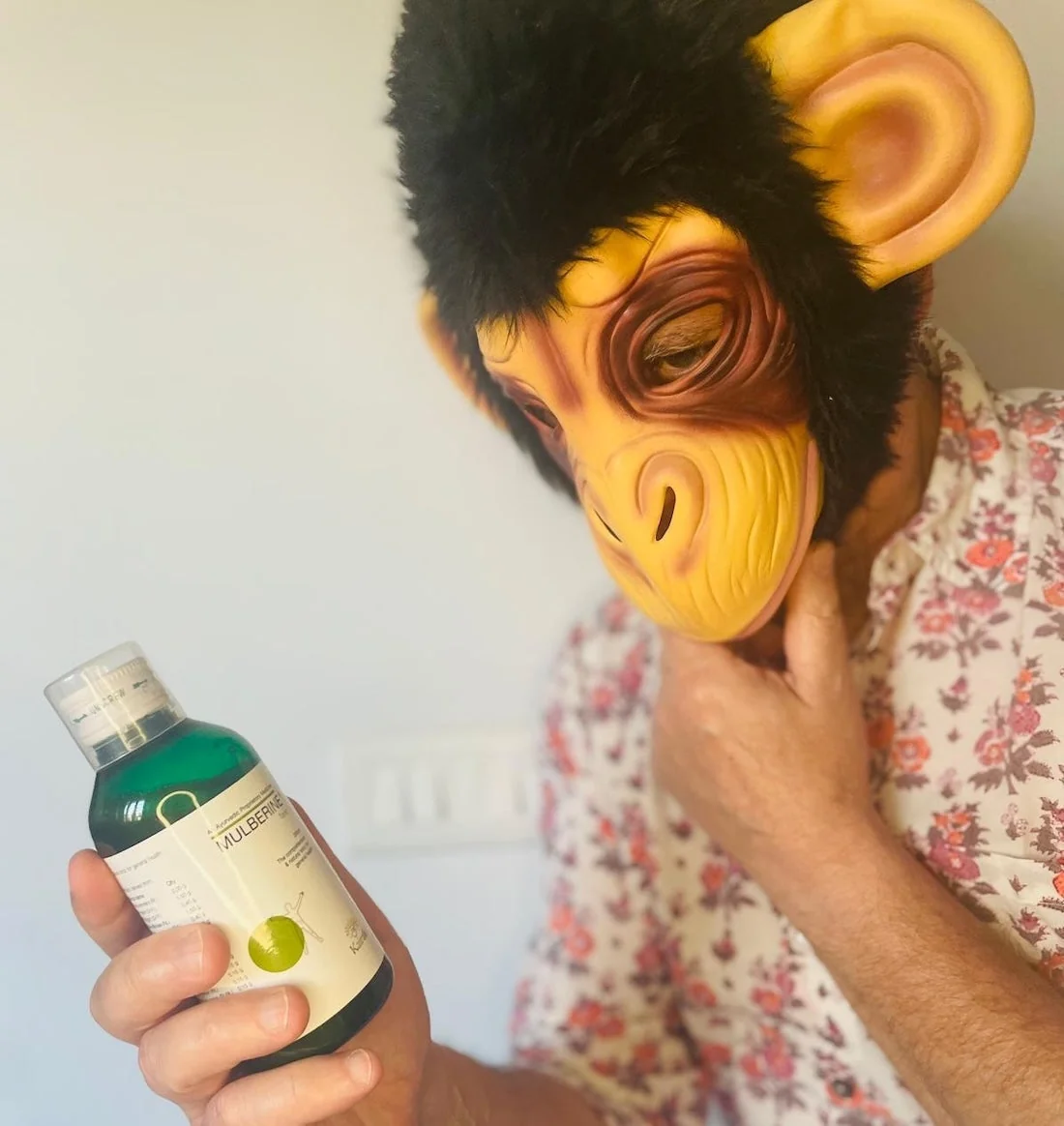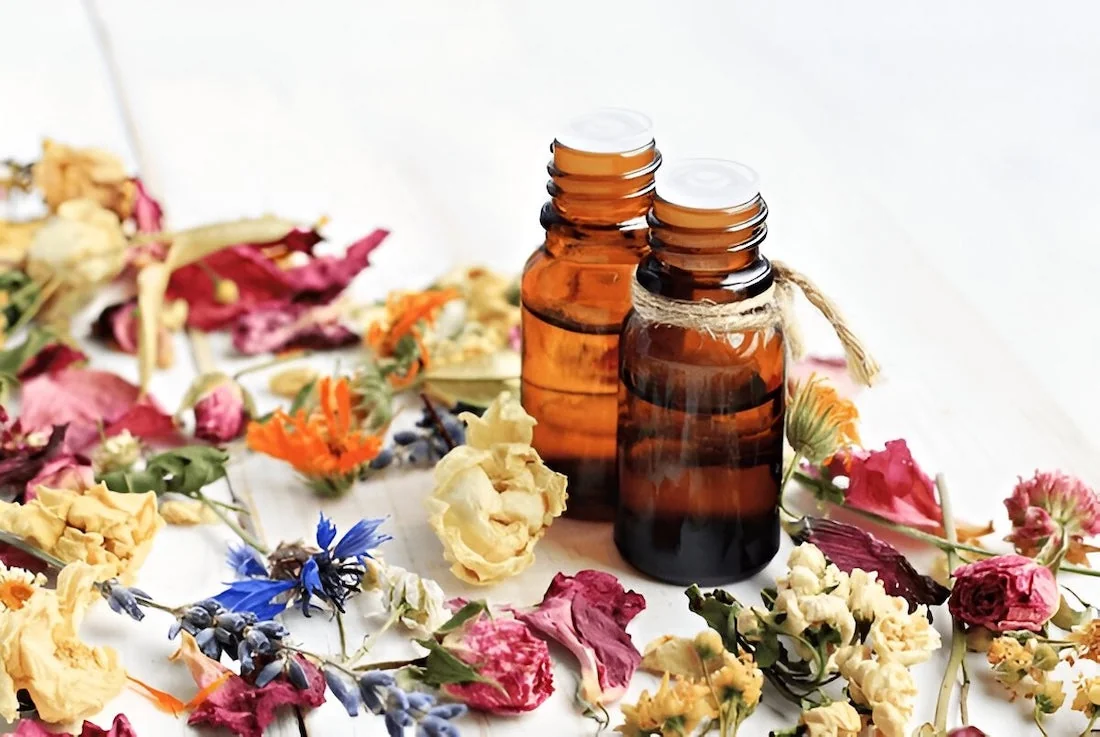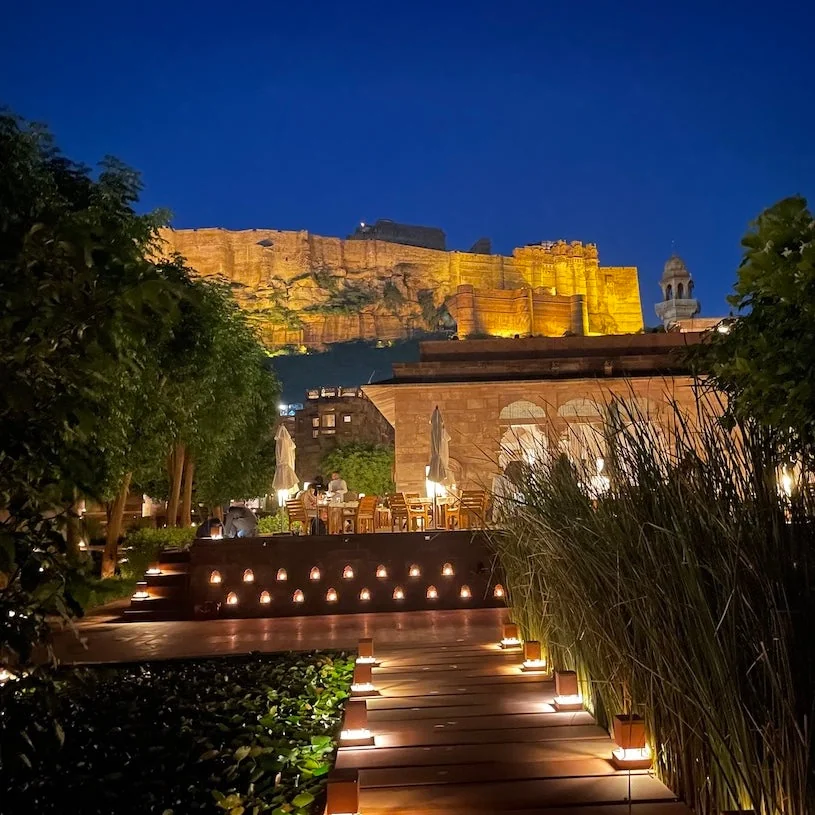Mulberine Tonic

🦍: Dr. Poonam, I discovered this bottle of Mulberine Tonic at my aunt’s house.
She said I can keep it, and that I would benefit so much if I start drinking it. But, what is it? Could you tell me about it?
👩🏽⚕️: She’s right! You do need it. This tonic is a fascinating piece of India’s healing heritage. It’s one of the authentic products that you can find in the Well Being Collection of Sattva Best of India. It’s crafted following ancient Ayurvedic principles that families have passed down through generations. Our vaidyas – a vaidya is a traditional healer – developed this preparation to nurture complete well-being.

🦍: That’s intriguing. I would like to have more energy, I feel sleepy all day long. What ingredients go into making it?

👩🏽⚕️: At its heart is Ashwagandha, a remarkable herb from India’s native soil. Our traditional texts speak of its use dating back three millennia. The name itself tells a story – in Sanskrit, it means “strength of the stallion,” reflecting the vitality it was known to impart.

🦍: “Strength of the Scimmione”: I like it. Just Ashwagandha?

👩🏽⚕️: No, the formulation is enriched with two precious spices from India’s abundant botanical treasury – black pepper and long pepper, which we call Pippali.

These aren’t just ordinary spices; they’re integral to our traditional medicine. Black pepper, for instance, has been treasured by healers for its unique ability to enhance the benefits of other herbs.
🦍: How do people traditionally use this tonic?
👩🏽⚕️: The ritual of taking Mulberine is as meaningful as its ingredients.
Our ancestors discovered specific times that align with the body’s natural rhythms. Many begin their day by taking it with warm water, a practice that’s been observed for centuries. Others follow the traditional custom of blending it with warm milk.

🦍: I’m thinking to blend it with bananas. And what benefits did people traditionally seek from it?
👩🏽⚕️: In our classical texts, Mulberine is celebrated as a rasayana – a preparation that honors the traditional path to longevity and vitality.

Generations have turned to it for maintaining energy balance, supporting natural immunity, and nurturing digestive harmony. It holds a special place in our tradition of supporting women’s health during pregnancy and nursing.
🦍: The bottle looks quite modern though – how does that fit with its traditional roots?
👩🏽⚕️: What you’re seeing is the thoughtful bridging of two worlds.
While the preparation honors every detail of the classical formulation methods, it’s now crafted in facilities that meet contemporary standards. This ensures that people today can experience these time-honored benefits just as our ancestors did.

🦍: I’m curious to learn more about how it’s made.
👩🏽⚕️: Each batch tells a story of careful artisanship.
The process follows precise methods documented in ancient Ayurvedic texts, respecting specific timings and proportions. Our craftsmen carefully select each herb, understanding that the potency of the final preparation depends on this traditional attention to detail.

🦍: You’ve really opened my eyes to its cultural significance.
👩🏽⚕️: Indeed, Mulberine Tonic is more than just a preparation – it’s a living connection to India’s healing traditions. When you hold this bottle, you’re holding centuries of carefully preserved knowledge, passed down through generations of Ayurvedic practitioners who dedicated their lives to understanding nature’s healing wisdom.

🦍: Do you personally drink it, Doctor?
👩🏽⚕️: Of course, every day. Come closer and I’ll show you how easily I can wrestle you.
🦍: Catch me! Now that I drink Mulberine Tonic, good luck with that!

On the same topic, check my other blog Dictionary of Ayurveda, with the post: Mulberine Tonic for Stress and Fatigue.












